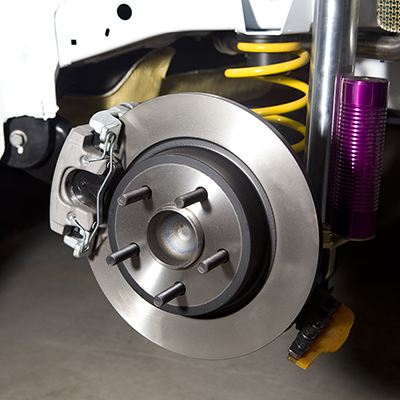How to Change Oil

Last updated September 7, 2023
In order to keep your car running smoothly, it’s important to regularly change car oil. Check your car’s owner’s manual for exact oil change recommendations. The owner’s manual will also supply you with the exact type of motor oil and the size and type of oil filters that are compatible with your car. When you put oil in your car, you must use the correct type of oil and oil filter so that you do not damage your vehicle.
Although you can take your car to an auto repair or oil change shop to get the work done, changing the oil is a simple job that most beginners can do. Read on to learn how to change the oil in your vehicle and find out when you should.
Difficulty:
Beginner
Duration:
Under 2 hours
Table of Contents
Know When to Change the Oil
Prepare Your Car
Remove the Oil Fill Cap and Oil Plug
Drain the Oil
Remove the Old Oil Filter
Install the New Oil Filter
Know When to Change the Oil

Engine oil or motor oil lubricates the parts of your engine to help it run smoothly. Over time, your car uses the oil, and debris builds up in the fluid. Changing the oil removes impurities that could damage the engine. It also ensures that your vehicle has enough oil to work properly.
How often you need to change the oil varies. Most vehicles will need an oil change every three months or every 3,000 miles, whichever comes first. If you use synthetic oil, you may be able to go for longer between oil changes.
Some newer cars have electronic monitoring systems that tell you when it’s time for an oil change. They’re a great feature, but it’s best not to rely on them entirely in case of system errors.
Your vehicle’s owner's manual tells you when to change the oil. It will also tell you what type of oil to use. Follow the automaker’s advice for the best results.
Tip: Change your oil filter whenever you change the oil. The filter helps keep debris out of your engine, and impurities will build up on it over time. Putting new motor oil in a vehicle with an old filter will contaminate it. Check your owner’s manual to find your vehicle's filter size.
Prepare Your Car
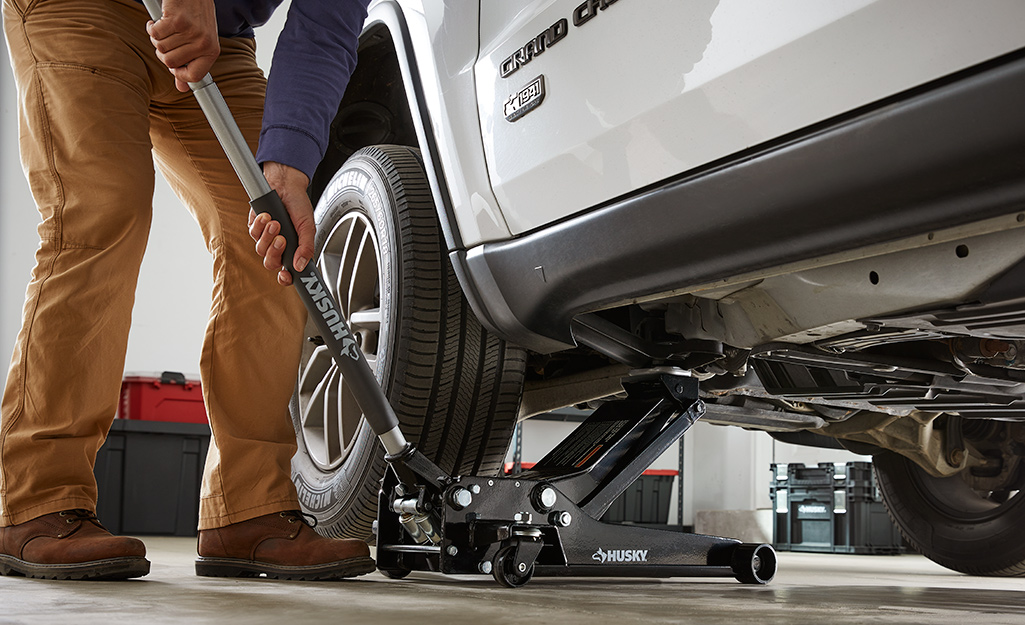
- If you’ve recently driven the car, allow it to sit and cool for at least an hour before changing the oil. If the car’s been sitting for a long period of time, drive it around briefly and then park and allow to cool for at least an hour.
- Park the car on a flat service and engage the emergency parking break.
- If you have a ramp, have a friend guide you as you drive up onto it. Put blocks behind both rear tires for extra protection once you’ve parked and engaged the emergency brake. If you use a vehicle jack, double-check that the jacks are secure and correctly placed under the car.
- Place a piece of cardboard or spare plywood underneath the engine to protect your garage floor or driveway.
Safety: Never go under the car unless you are certain of the stability of the ramp or jack when you're learning how to change car oil. Always wear gloves and eye protection when working with engine oil. Be mindful of any parts of the car that are still warm.
Remove the Oil Fill Cap and Oil Plug
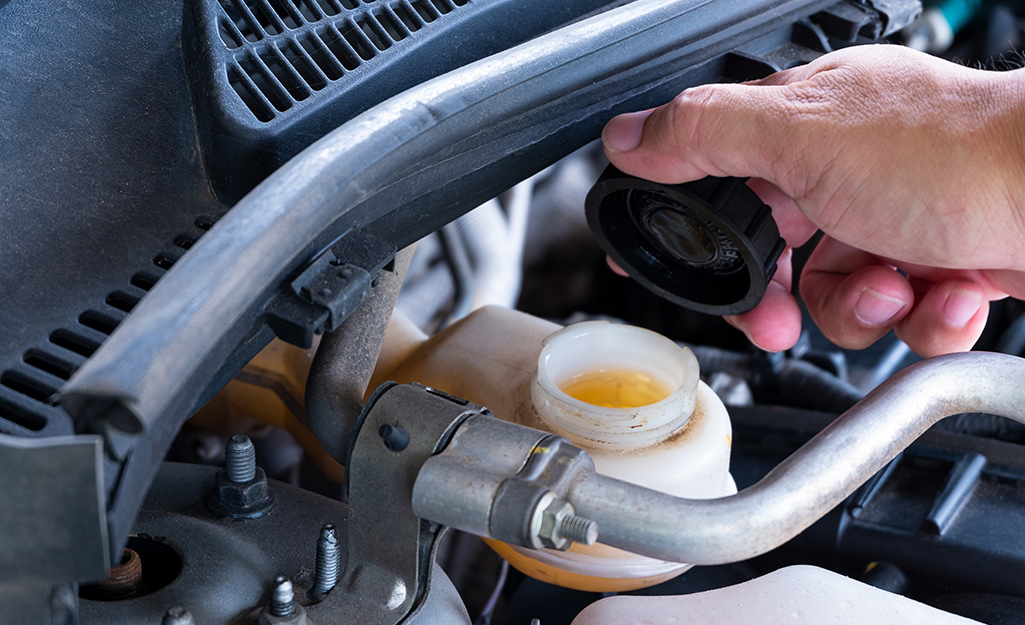
- Pop the hood and remove the oil fill cap in order to improve air flow and thus decrease drain time.
- Locate the oil plug on the bottom of the oil pan. The oil pan is large and somewhat dips down somewhere near the engine. There will be a plug that looks like a bolt on the bottom edge.
- Loosen the oil plug using a socket wrench.
- Place the oil drain pan or the oil recycling container underneath the oil plug in order to catch the oil. Make sure to put a screen on top of the container’s opening in order to catch the drain plug.
- Remove the oil plug with your fingers and let it fall with the oil, allowing the screen to separate it from the rest of the oil.
Safety: Even though you allowed the car to cool, the oil may still be warm or hot when you drain it. Do not try to hold onto the oil plug with your fingers.
Drain the Oil

- Let the oil drain completely out of your engine. This should take a few minutes.
- Inspect the drain plug for damage – a bent metal plug should be replaced, as should a cracked rubber drain plug.
- Once you’re sure the oil is completely drained, replace the drain plug and tighten. Do not overtighten.
Remove the Old Oil Filter
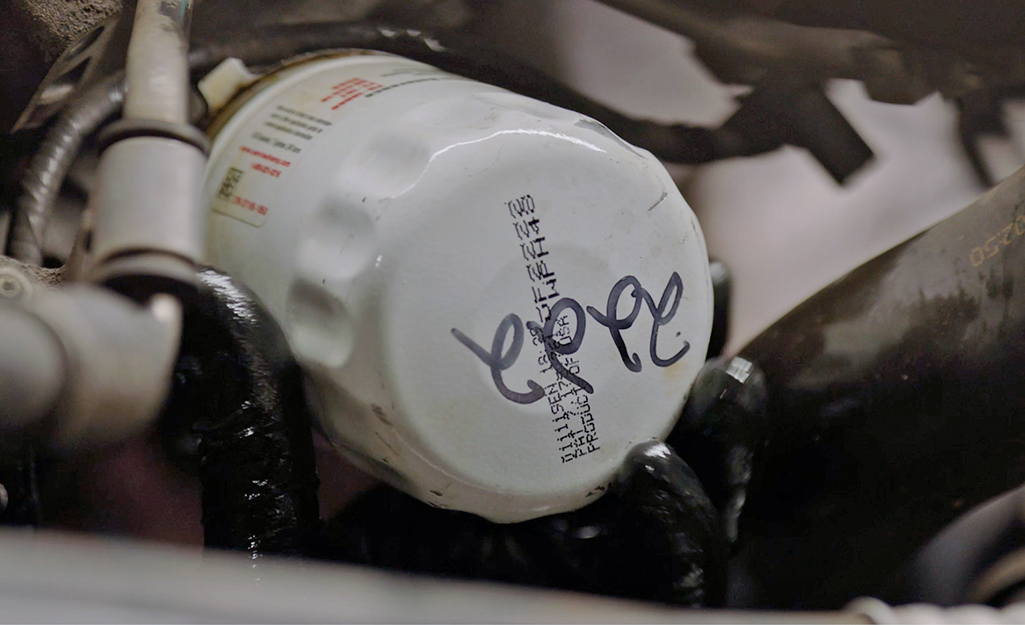
- Find the oil filter – depending upon your car’s make and model, it could be in a variety of places near your engine. Reference your car’s owner’s manual for exact location.
- You can usually unscrew the filter by hand, but if it’s tight, you may need to use a filter wrench.
- Make sure the filter gasket comes off with the filter. If you find this rubber gasket is still stuck on the car after you’ve removed the filter and the oil is drained, remove this gasket and set it aside to reattach with the new filter.
- Wipe the area clean of oil with a rag.
Tip: Place the oil drain pan underneath the oil filter before you remove it, as some oil will come out when you remove the filter.
Safety: Make sure to wear gloves and act quickly when removing the oil filter as you don’t want any of that oil flowing out to hit your skin. Be careful when handling the old filter so oil does not spill out.
Install the New Oil Filter

- Lubricate the rubber gasket with a thin layer of oil and thread the gasket on the new filter.
- Fill the new oil filter about ¾ full of fresh oil.
- Screw the filter (with gasket) into place. Screw it snuggly in with your hands. Your filter should include specific installation instructions.
Replace the Plug and Add Oil

- Make sure the washer is still on your oil plug and screw the oil plug back in place until it is tight.
- Insert your oil funnel into the tube marked by the oil fill cap and pour in the engine oil. Only fill your engine with the amount dictated in your car’s owner’s manual. This should typically be around four to five quarts.
- Replace the oil fill cap and close the hood.
Safety: Always double-check your owner’s manual to ensure you've selected an oil filter and oil type that is compatible with your car.
Test the Oil
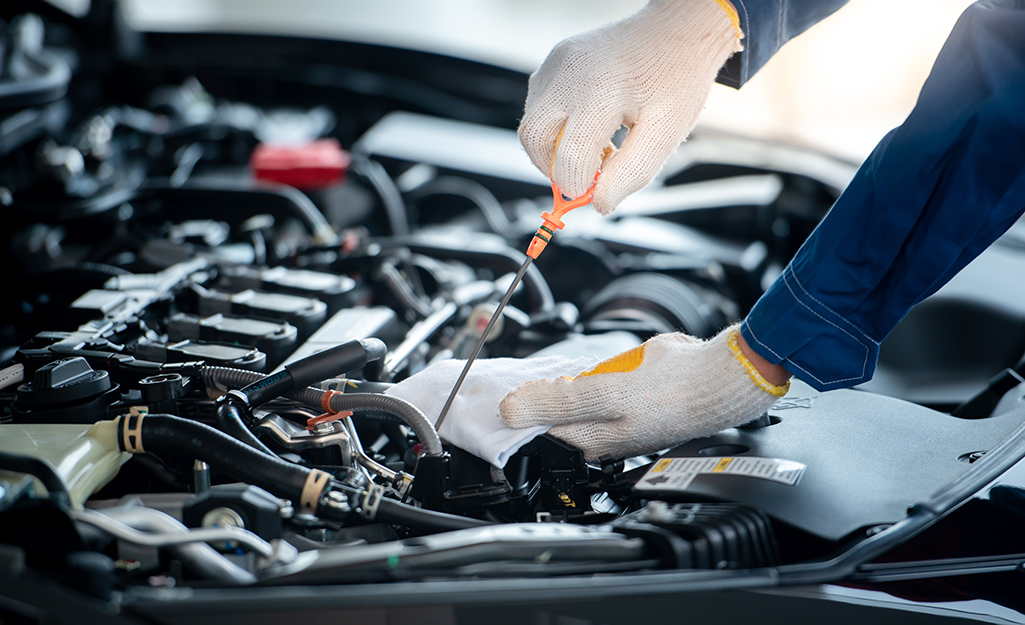
- Remove all tools and drip pans from underneath your car.
- Start your car and let it run for five to 10 minutes.
- Glance under the car to see if there are any leaks at the oil plug or filter. If so, stop the car and retighten as needed.
- Stop the car. Then, using the dipstick, check the oil and add more until your level matches what is recommended in the owner’s manual.
Safety: Make sure your car is in park with the emergency brake is on when checking for drips under the car, and do not ever go underneath the car while it’s running.
Dispose of the Unused Oil
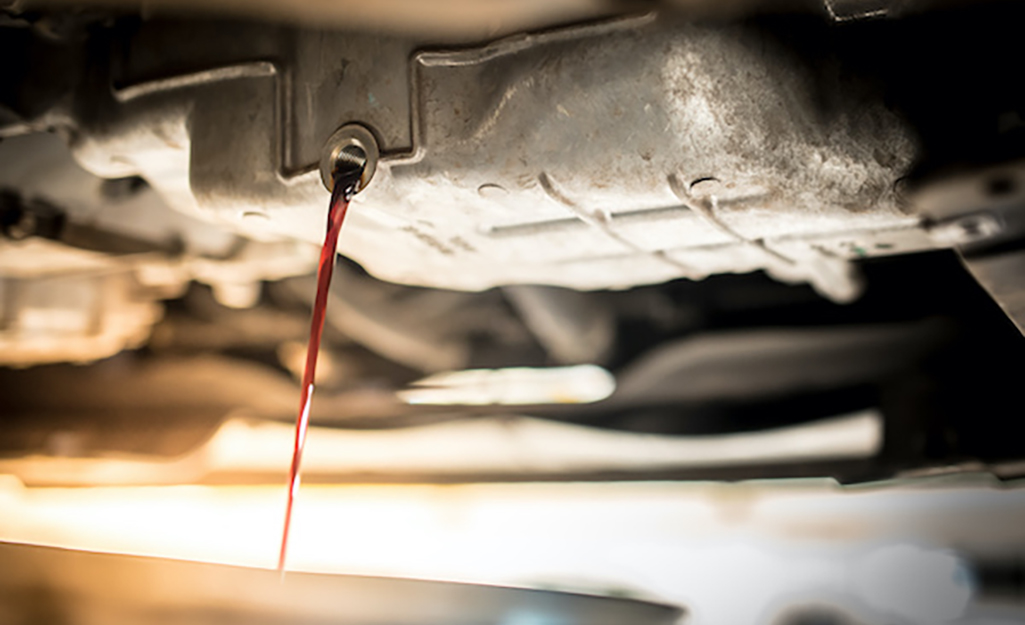
Carefully transfer your used oil into a spill-proof container such as an empty oil bottle, used milk jug or glass jar.
Do not dispose your used oil in the trash or dump it in the sewer as that could result in a major fine.
Bring the used oil to your local gas station which should accept the used oil and oil filter for a small fee.
Tip: Some oil drain pans have a built-in pour spout that make it easier to pour all oil from the pan into a recycling container.
Learning how to change the oil in a vehicle isn’t difficult. Once you know how to do it, you can save time and money while keeping your car running well. Get whatever you need for your DIY oil change by shopping at The Home Depot in-store or online. Use The Home Depot Mobile App to locate products and check inventory. We’ll take you to the exact aisle and bay.
